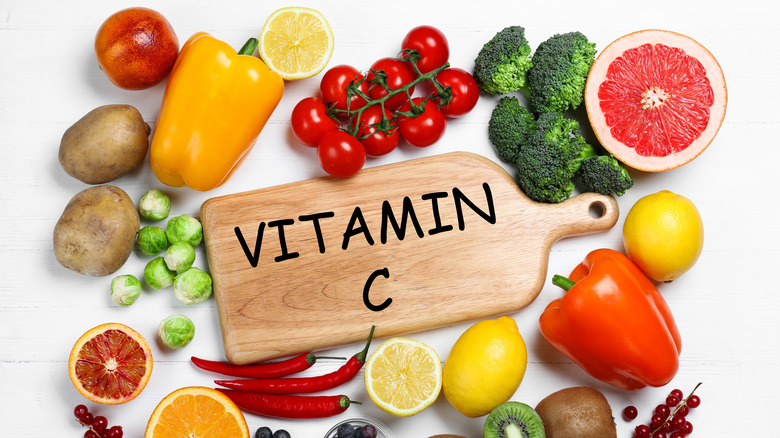Tangerines Versus Oranges: Which One Is Healthier?
Whether you love tangerines, oranges, or both, you're eating a citrus fruit that has a long and juicy history. According to Science, citrus fruits date back roughly 8 million years and originated in the Himalayas, eventually reaching areas in Southeast Asia before spreading to Australia 4 million years ago. Oranges are believed to have then spread even farther, thanks to Arab trade routes and the Roman conquests. Today, oranges are grown in tropical American climates, as well as in Australia, some Mediterranean countries, and South Africa (via Britannica).
Though different in size and sweeter in flavor compared to oranges, the tangerine actually derives from the mandarin orange family (via Citrus). Tangerines are believed to have come from Japan, China, or northeastern India and, like oranges, also became more widely dispersed through trade routes. The Moroccan seaport of Tangiers was an important stop along trade routes and where the tangerine got its name. The first tangerine tree arrived in the United States in the mid-1800s by way of an Italian diplomat who planted tangerine trees in the garden of the New Orleans consulate.
One of these fruits is much higher in vitamin C
According to the experts at Healthline, tangerines and oranges have a similar nutrition profile in most areas. Both contain high quantities of water, are mostly made up of carbohydrates, and hardly contain any fat. When comparing the two fruits using a 3.5 ounce serving, both are virtually the same when it comes to protein content — both contain under 1 gram — and both have roughly the same amount of fiber at around 2 to 2.5 grams, plus the same amount of potassium.
However, there is a stark difference between tangerines and oranges when it comes to vitamin C content, with oranges winning hands down, containing double the amount of vitamin C compared to tangerines, per Healthline. So, if you're looking for extra support for your bones, connective tissue, and skin, then oranges, with their powerful antioxidant vitamin C boost, are the way to go. However, tangerines win the vitamin A battle. A 3.5 ounce serving of tangerines contains over three times the amount of vitamin A compared to oranges.
At the end of the day, tangerines and oranges are both excellent sources of essential nutrients and natural chemicals that may reduce your risk of heart disease and cancer (via SFGate). Eat them raw to maximize nutrients or add them to seafood and poultry dishes as a way to incorporate them into a well-balanced diet consisting of other fruits and vegetables.


